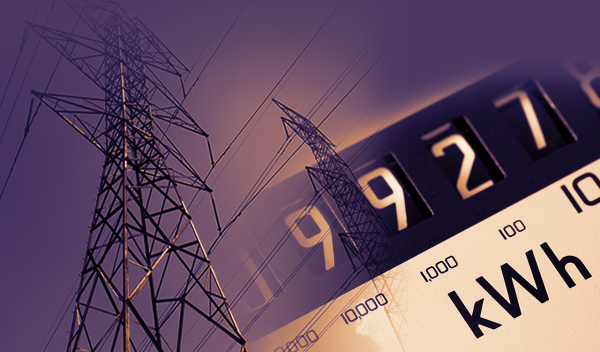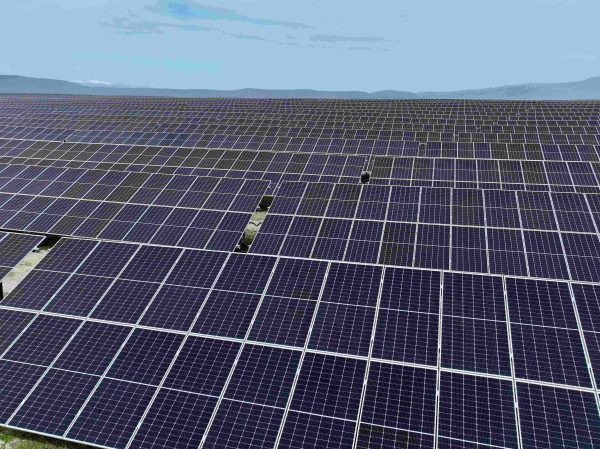
Seismologists in Greece are increasingly confident that the risk of a major earthquake exceeding magnitude 6 in the southern Aegean is diminishing, despite the persistent seismic activity in recent weeks. According to Efthymios Lekkas, head of Greece’s Earthquake Planning and Protection Organization, current data suggests a gradual decline in intensity.
“We cannot determine in a single day what stage we are in until that day has passed. From the beginning, we said this would be a prolonged sequence—lasting about three to five weeks,” Lekkas explained.
Three Possible Scenarios
Lekkas outlined three potential outcomes for the ongoing seismic sequence between Santorini and Amorgos.
The most likely scenario, he said, is a gradual reduction in both the frequency and magnitude of tremors over time. “This is one possibility, which we are currently experiencing with the fluctuations we’ve observed,” he noted.
A second scenario involves a stronger earthquake—around magnitude 5.5 or 5.6—which could speed up the process, hastening the stabilization of the region. “A 5.6 could accelerate things, shortening the period of impact,” he said.
The third, less probable, scenario is the occurrence of a magnitude 6 earthquake. “Last week, the maximum estimated magnitude was 6.2, but this has now been revised downward,” he stated. While such an event could impact nearby islands and even generate a small tsunami, Lekkas reassured that “the first and second scenarios have an overwhelming probability exceeding 95%, and we are focusing on those.”
“I believe that the likelihood of an earthquake of magnitude 6 or higher has been ruled out,” he added, explaining that the accumulated energy in the region is gradually dissipating. “Today, we are a little more optimistic than we were yesterday.”
Signs of Stabilization
Other experts have echoed this cautious optimism. Professor of Geophysics and Seismology at the Aristotle University of Thessaloniki, Kostas Papazachos, who spoke to television channel ERT noted that “in recent days, the situation is improving,” though he warned that “nature can still surprise us.” Nonetheless, he believes the region is heading toward stabilization.
Meanwhile, Professor of Earthquake-Resistant Structures Panagiotis Karydis emphasized the role of terrain in determining the potential impact of future quakes during an interview on MEGA Weekend. “If an earthquake of magnitude 6 occurs where it’s projected, I think the effects will be limited to certain areas, especially due to the terrain. The direction matters because, due to material inertia, structures react differently depending on where the earthquake comes from,” he explained.
Karydis also cautioned that repeated tremors could weaken buildings over time. “These earthquakes affect structures through the ground. In areas where the ground is soft and sandy, it absorbs vibrations, which helps in some ways. But if the ground is free to shift, we can see deformations and landslides,” he warned.
With seismic activity still fluctuating, experts continue to monitor the situation closely.
Source: tovima.com
Latest News

German Ambassador to Greece Talks Ukraine, Rise of Far Right & Tariffs at Delphi Economic Forum X
Commenting on the political developments in his country, the German Ambassador stressed that it was clear the rapid formation of a new government was imperative, as the expectations across Europe showed.

Athens to Return Confiscated License Plates Ahead of Easter Holiday
Cases involving court orders will also be excluded from this measure.

Servicers: How More Properties Could Enter the Greek Market
Buying or renting a home is out of reach for many in Greece. Servicers propose faster processes and incentives to boost property supply and ease the housing crisis.

Greek Easter 2025: Price Hikes on Lamb, Eggs & Sweets
According to the Greek Consumers’ Institute, hosting an Easter dinner for eight now costs approximately €361.95 — an increase of €11 compared to 2024.

FM Gerapetritis Calls for Unified EU Response to Global Crises at EU Council
"Europe is navigating through unprecedented crises — wars, humanitarian disasters, climate emergencies," he stated.

Holy Week Store Hours in Greece
Retail stores across Greece are now operating on extended holiday hours for Holy Week, following their Sunday opening on April 13. The move aims to accommodate consumers ahead of Easter, but merchants remain cautious amid sluggish market activity.

Green Getaway Ideas for Easter 2025 in Greece
Celebrate Easter 2025 in Greece the sustainable way with eco-farms, car-free islands, and family-friendly getaways rooted in nature and tradition.

Civil Protection Minister Details Summer Firefighting Plans at Delphi Forum
At the 10th Delphi Economic Forum, Minister of Climate Crisis and Civil Protection Yiannis Kefalogiannis discussed Greece's plans for the upcoming fire season.

How Shops and Markets Will Operate During Easter Holy Week
The Easter holiday schedule has been in effect since April 10, with retail stores open Palm Sunday, and most supermarkets also operating to meet consumer demand for Easter shopping

Why Is the French Aircraft Carrier Charles De Gaulle in Piraeus?
Docking in Piraeus after a four-month deployment in the Indo-Pacific region, the admiral of the aircraft carrier the Charles de Gaulle says, "Greece is our best partner in the Mediterranean."








































 Αριθμός Πιστοποίησης
Αριθμός Πιστοποίησης